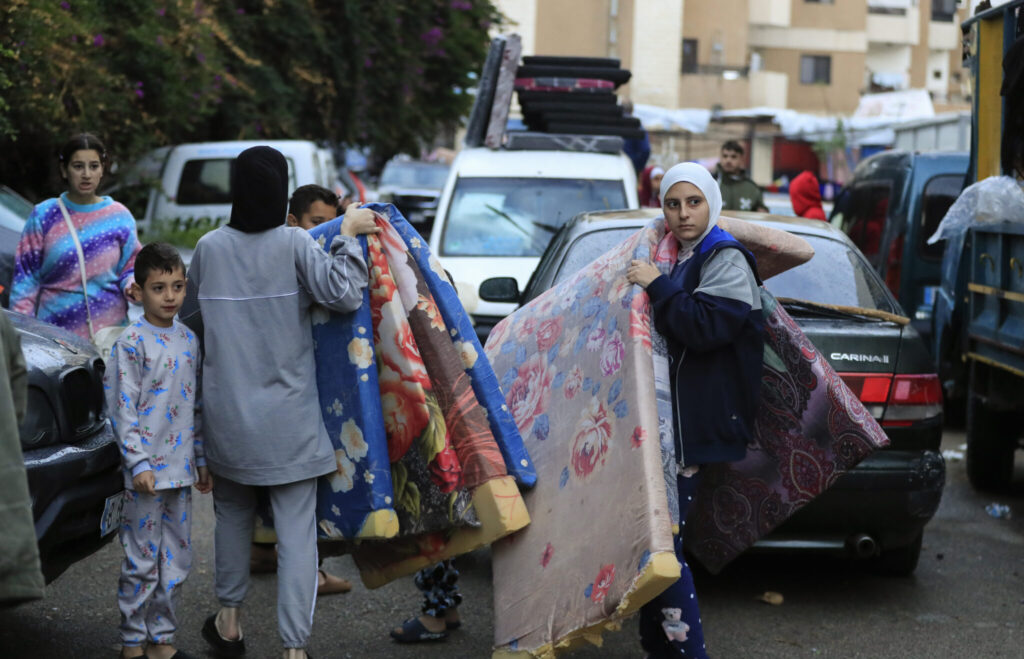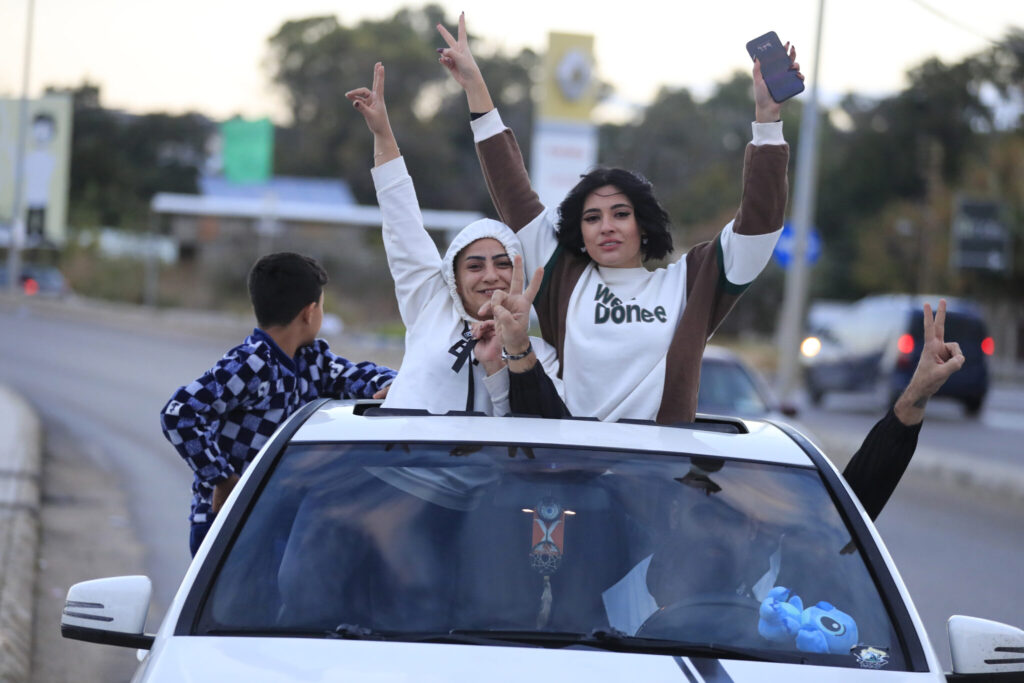Israel-Hezbollah ceasefire/ U.S.-brokered truce/ Lebanon conflict resolution/ Netanyahu ceasefire agreement/ U.N. Resolution 1701/ BEIRUT/ Newslooks/ J. Mansour/ Morning Edition/ A U.S.-brokered ceasefire between Israel and Hezbollah has taken effect after over a year of conflict, with both sides agreeing to halt hostilities for two months. The agreement, which includes the withdrawal of Hezbollah forces north of the Litani River and Israeli troops returning to their border, aims to stabilize the region. However, questions remain about the enforcement of the deal and whether it can hold long-term.

Ceasefire Between Israel and Hezbollah: Key Developments
Quick Looks
- Ceasefire Agreement: Ceasefire includes a two-month halt to hostilities, monitored by U.S.-led international oversight.
- Withdrawal of Forces: Hezbollah must withdraw north of the Litani River; Israeli troops return to their border positions.
- Humanitarian Impact: Over 3,700 people have been killed in Lebanon, and 50,000 Israelis displaced since the start of the conflict.
Israel-Hezbollah Ceasefire Begins After 14 Months of Conflict
Deep Look
A Turning Point in the Israel-Hezbollah Conflict
The ceasefire between Israel and Hezbollah began at 4 a.m. Wednesday, marking a potential turning point after 14 months of hostilities that escalated into a devastating war. Brokered by the United States and France, the agreement outlines steps for both sides to withdraw their forces while deploying U.N. peacekeepers and additional Lebanese troops in southern Lebanon.
This truce aims to de-escalate tensions and prevent further regional instability, particularly between Israel and Iran, Hezbollah’s primary backer. The international community is cautiously optimistic, though enforcement challenges remain.
Ceasefire Details
The agreement mandates:
- A two-month halt to fighting.
- Hezbollah to pull back its forces north of the Litani River.
- Israel to withdraw troops from southern Lebanon.
- Deployment of thousands of Lebanese military personnel and U.N. peacekeepers to monitor the region.
- Oversight by an international panel led by the United States.
Despite the optimism, disagreements persist. Israeli Prime Minister Benjamin Netanyahu emphasized Israel’s right to respond if Hezbollah violates the truce. Lebanese officials and Hezbollah reject Israel’s interpretation, calling it an infringement on sovereignty.
Casualties and Humanitarian Impact
The conflict has exacted a significant toll:
- In Lebanon: Over 3,760 killed, with more than 1.2 million displaced.
- In Israel: At least 75 people killed, including over 50 civilians, and 50,000 displaced.
Tuesday’s intensified Israeli airstrikes on Beirut claimed at least 42 lives, demonstrating the heavy costs of prolonged warfare.
Challenges Ahead
Implementation of the ceasefire is tied to U.N. Resolution 1701, originally established after the 2006 Israel-Hezbollah war. The resolution, which calls for disarmament and the withdrawal of armed groups from southern Lebanon, has faced decades of non-compliance.
The current ceasefire agreement attempts to revive and enforce Resolution 1701 but faces skepticism. Hezbollah’s political and military influence in Lebanon, coupled with Israel’s insistence on retaliation rights, complicates the path forward.
Regional Implications
The ceasefire is unlikely to affect the ongoing war in Gaza, where Hamas and Israel remain locked in conflict. However, a reduction in hostilities with Hezbollah could decrease the risk of broader regional escalation.







